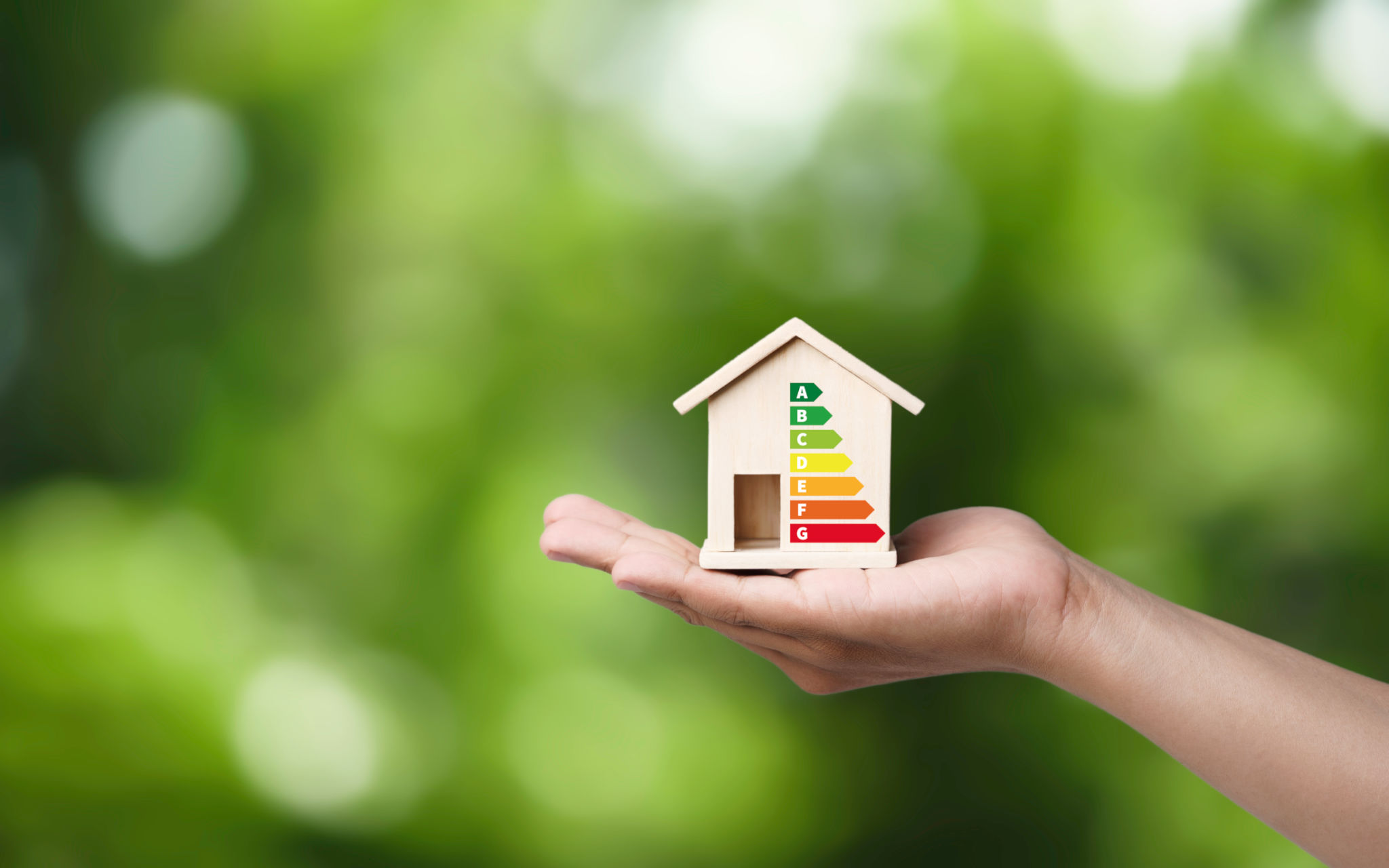The Future of Sustainable Building Practices in the Texas Market
Introduction to Sustainable Building Practices
As the global focus on environmental conservation intensifies, the construction industry is making significant strides toward sustainability. In Texas, a state renowned for its rapid development and economic prowess, sustainable building practices are becoming increasingly crucial. These practices not only aim to reduce environmental impact but also promote energy efficiency and long-term cost savings.
The future of sustainable building in Texas is promising, with advancements in technology and innovative approaches reshaping the landscape. Developers, architects, and builders are now more committed than ever to integrating eco-friendly solutions into their projects. This growing trend is set to revolutionize how buildings are designed and constructed across the state.

Technological Innovations Driving Change
Technology plays a pivotal role in the evolution of sustainable building practices. From smart building systems that optimize energy use to advanced materials that reduce carbon footprints, innovation is at the heart of this transformation. In Texas, builders are increasingly adopting technologies like solar panels, green roofs, and energy-efficient HVAC systems.
The integration of these technologies not only supports environmental goals but also enhances the comfort and efficiency of modern buildings. As these technologies become more accessible and affordable, we can expect a broader adoption across various sectors, including residential, commercial, and industrial developments.
Smart Building Systems
Smart building systems are revolutionizing the way structures operate by utilizing data-driven insights to optimize performance. These systems can monitor energy consumption, adjust lighting and temperature based on occupancy, and even predict maintenance needs. In Texas, where energy consumption is a significant concern, smart building systems offer a viable solution for reducing waste and enhancing sustainability.

Policy and Regulation Supporting Sustainability
Government policies and regulations play a critical role in promoting sustainable building practices. In Texas, state and local authorities are increasingly implementing measures to encourage eco-friendly construction. Incentives such as tax breaks, grants, and rebates are available for developers who prioritize sustainability in their projects.
Moreover, building codes are being updated to reflect the latest environmental standards, ensuring that new constructions adhere to sustainable practices. These regulations not only help protect the environment but also drive the adoption of green technologies in the construction sector.
The Role of Green Building Certifications
Green building certifications, such as LEED (Leadership in Energy and Environmental Design), play an essential role in promoting sustainable practices. These certifications provide a framework for designing, constructing, and operating high-performance green buildings. In Texas, obtaining such certifications is becoming a standard practice for developers aiming to demonstrate their commitment to sustainability.

Challenges and Opportunities Ahead
Despite the progress made, challenges remain in the widespread adoption of sustainable building practices. Initial costs associated with green technologies can be a barrier for some developers. However, the long-term benefits of reduced energy costs and increased property values often outweigh these initial investments.
Opportunities abound for those willing to embrace sustainability. As consumer demand for green buildings grows, developers who prioritize eco-friendly practices can gain a competitive edge in the market. Additionally, partnerships between public and private sectors can further drive innovation and investment in sustainable construction solutions.
The Impact on Communities
The shift towards sustainable building practices has far-reaching implications for communities across Texas. By reducing energy consumption and minimizing environmental impact, these practices contribute to healthier living environments and improved quality of life for residents. Furthermore, sustainable buildings can foster economic growth by attracting environmentally conscious businesses and investors.
In conclusion, the future of sustainable building practices in the Texas market is bright. With ongoing advancements in technology, supportive policies, and growing awareness of environmental issues, the construction industry is poised to lead the way toward a more sustainable future.
